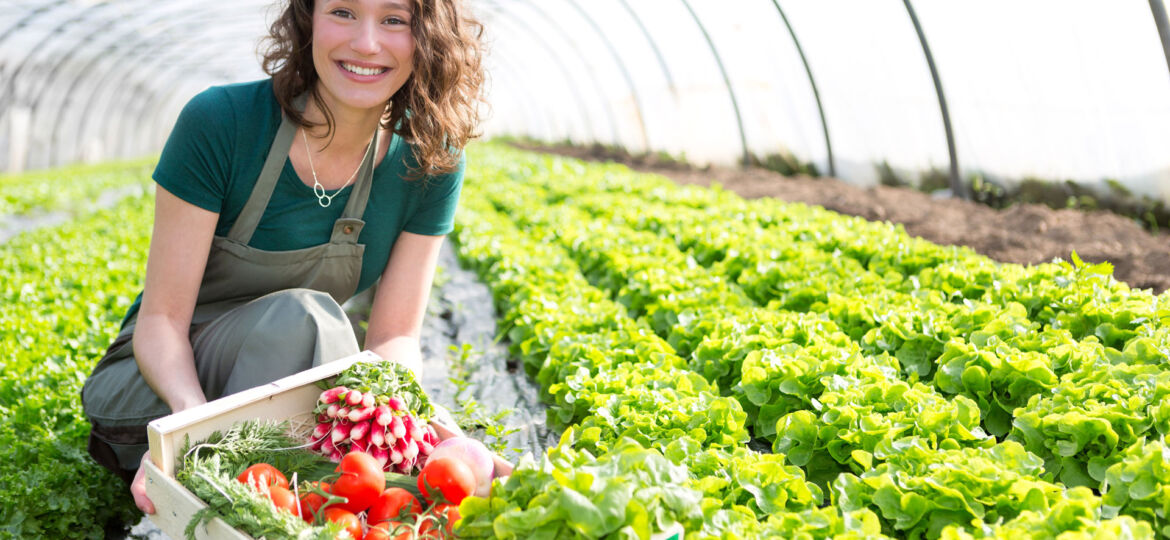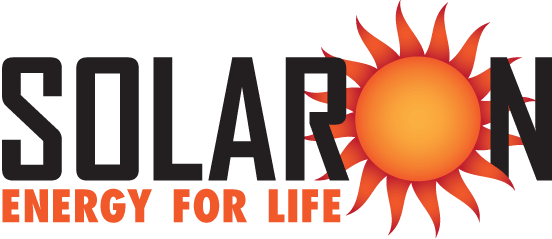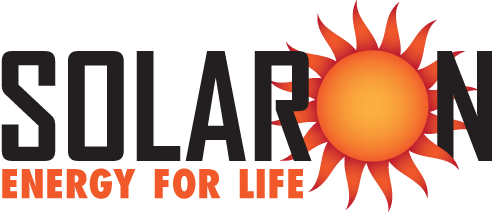
Plants need light to thrive. Humans do too – but we also use electricity for our lifestyles. A company in Washington State recently decided to integrate photovoltaic panels with plant growing by adding solar cells to the roofs of greenhouses. But wouldn’t opaque solar panels defeat the purpose of getting light down to the plants below?
DeGoede Farms grows organic greens and herbs. They process and store their products in greenhouses. For one of these greenhouses, they tried a different approach. While kept in an array format, the solar cells were separated and dispersed across the roof of the greenhouse, allowing more sunlight to get through. In other words, instead of installing solar panels completely across the roof structure, they installed rows of solar cells with large spaces in between. The rows of solar cells occupy 75% of the available roof space, providing the farm with 51.9 kilowatts of electricity. Even so, enough sunlight gets through the spaces in between the rows, so the plants inside the still greenhouse thrive.
Today, innovative companies are taking this idea and running with it. After initializing their pilot program in 2018, one company announced they are ready for their second generation greenhouse integrated photovoltaic (GiPV) modules. Using a quantum dot tuning system, their photovoltaic configuration shifts the photon wavelength of the light going through the panels. This changes the light from ultraviolet (harmful to crops) to orange and red wavelengths (helpful to crops). The idea is that the panels still produce electricity from collected sunlight while also increasing photosynthetically active radiation (PAR) for the plants beneath. The result is more of a redhouse than a greenhouse, and with positive benefits for the environment.
Other Benefits of Greenhouse Solar
Not only do plants seem to love this idea, but the agriculture industry stands to benefit as well. In many areas zoned for agriculture, regulations do not permit traditional photovoltaic installations. This effective solution provides farms and other agricultural facilities the benefits that come from solar power. Farming tends to have a fluctuating revenue. Allowing farms to supplement their income with steady photovoltaic power will make sure they can stay in business, feeding the rest of us as well as providing surplus electricity for the community.
Call it Agrivoltaics
When you put an array of solar panels in sunlight and collect electricity from them, it’s called photovoltaics. When you put solar panels over the surface of a body of water, it’s called “floatovoltaics”. Similarly, integrating solar panels with features of farming has coined the term “agrivoltaics”. In truth, agrivoltaics is in its infancy – even younger than floatovoltaics. Nevertheless, it once again shows the versatility of photovoltaic power. As with the traditional farm windmill, agrivoltaics can generate electricity while simultaneously allowing light to reach plants.
Of course, if you have abundant land or even a farm, you can benefit now with an available ground-mounted solar panel system, or a set of panels on the roof of your home or outbuildings – maybe even your barn or greenhouse! To find out about what solar options are available to you, call Solaron in Sacramento or the Bay Area. You can also set up a free solar analysis using our online form.

